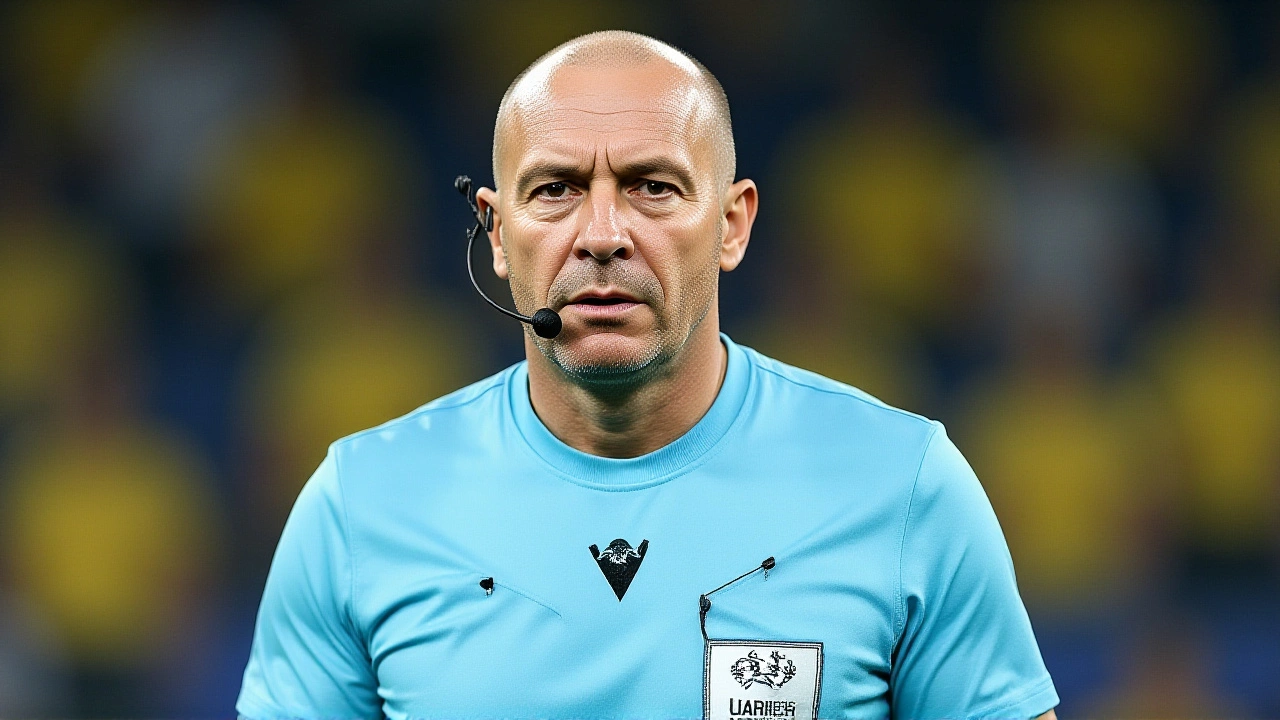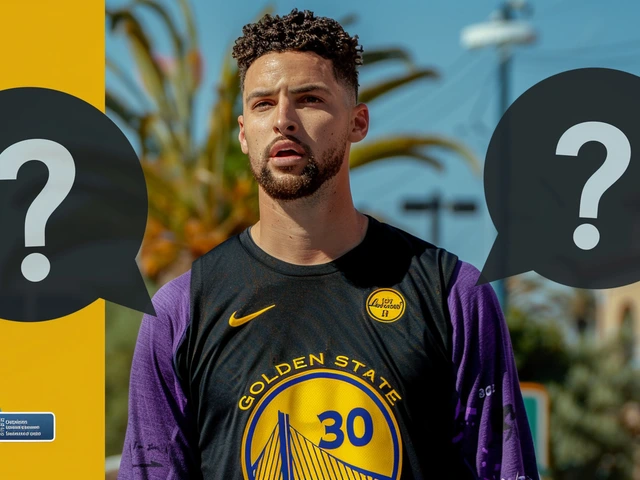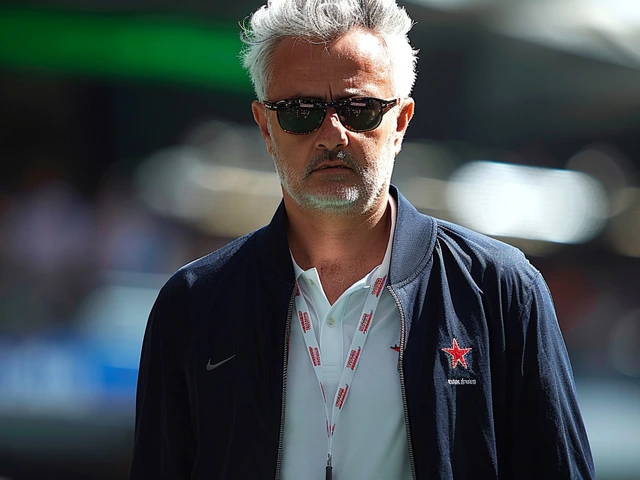VAR Decisions in Soccer: How Technology Is Changing the Game
When a VAR decision, a video assistant referee system used to review critical moments in soccer matches. Also known as video review system, it was introduced to fix clear errors in goals, penalties, red cards, and mistaken identities. But it didn’t just add a screen—it changed how fans, players, and referees think about fairness in real time. You’ve seen it: a goal is celebrated, then suddenly wiped out because the offside line was half a foot off. Or a penalty is awarded after a referee checks the monitor, even though the contact looked harmless from the stands. That’s VAR in action.
VAR isn’t just about getting calls right—it’s about control. The video assistant referee, the official who watches live footage and advises the head referee during key incidents doesn’t make the call. They only step in when there’s a clear and obvious mistake. But that line is blurry. In the 2025 World Cup qualifiers, Tunisia’s qualification hinged on a VAR review that overturned a last-minute equalizer. In La Liga, Atlético Madrid’s win over Celta Vigo came from an own goal that was confirmed by VAR after a potential foul was checked. These aren’t rare cases—they’re becoming the norm.
The match review system, the full technological and procedural framework behind VAR, including camera angles, communication protocols, and decision timelines is now standard in Europe’s top leagues, Africa’s qualifiers, and even youth tournaments. But it’s not perfect. Players still argue. Fans still boo. Referees still look confused. Why? Because VAR doesn’t remove human judgment—it layers it. A referee might still miss a handball in the box, and then rely on a camera angle that doesn’t show the full context. The system works best when it’s quiet—when it fixes the obvious, not when it turns every close call into a 90-second debate.
What you’ll find here are real moments that defined games: a last-second goal canceled in the World Series preview, a penalty awarded after a tackle in Napoli’s win, a red card overturned after a VAR check in the East Anglian derby. These aren’t hypotheticals. They happened. And they’re changing how we watch soccer—not just who wins, but how we feel about every whistle.





